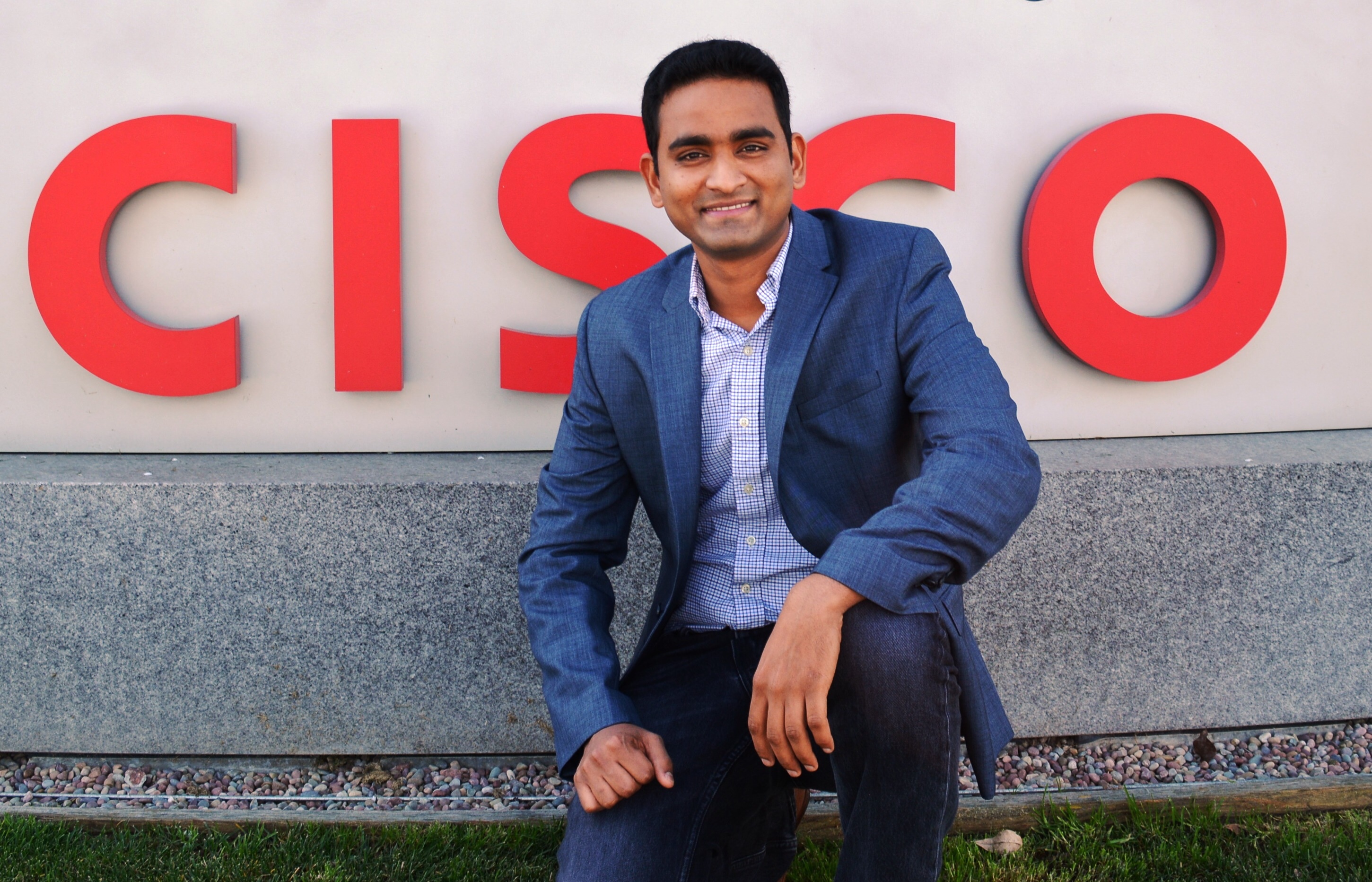Subhash Segireddy (MSSCE 2013) says he gets asked all the time, “Why supply chain engineering?”
Segireddy, who earned his Bachelor of Technology in electrical engineering at the National Institute of Technology, Surat in India, traces his interest in supply chain engineering back to his post-undergrad work at Tata Motors – the automotive manufacturer of what Segireddy calls “the world’s cheapest car.”
“In India, there are 1.2 billion people, and not everyone can afford a car,” he explains. “The motivation is to bring a low-cost car so everyone can afford it.
“From a learning perspective, I joined this company when they started producing the first car, so it was a brand-new manufacturing plant. I was there from week 1, so I started working in supply chain sourcing as soon as I got my EE degree.
“The business part of supply chain is what I was learning, and approaching supply chain as a business. I liked the way negotiations work, the way pricing strategies works, the way optimization works.”
From there, Segireddy wanted to further his education in supply chain engineering, so he began looking at graduate programs, particularly at schools in the U.S. The world-class faculty and the one-year master’s in supply chain engineering led him to Georgia Tech’s Stewart School of Industrial & Systems Engineering (ISyE). He also liked how the program is structured – with numerous consulting projects with industry partners that allow for real-world experience.
After graduation, Segireddy was hired by Cisco and immediately joined the company as a supply chain program manager in the company’s Leadership Development Rotational Program. This highly selective leadership program enables participants – of which Segireddy was only the seventh in 4 years – to rotate through four of the company’s six functional groups over a period of two years. “The end goal is that we will be well-rounded supply chain officials who can understand supply chain from every angle and side,” he notes. “Plus having an awareness of different cultures and how they move toward one common goal to have the supply chain work on the part of customers on time and at low cost.”
Spending six months each in one of four groups – including in Norway and in Holland – furthered Segireddy’s real-world education. For him, it was both fun and challenging whenever he joined a new team: “I really loved it. It can take two to four months to understand what you’re doing, but I shortened it to one to one and a half months and got up and running. I always wanted more, so I was very passionate about learning something new and to get on new projects.”
One of the biggest hurdles he faced with each new rotation was coming into a team as project manager and earning the new team’s trust in his guidance. He had to learn how to adapt not only to a new culture, but a new role and a new team, largely by networking and forming relationships that developed a mutual sense of trust. When he was in Amsterdam, Segireddy says, “I learned from my team members both how they could get buy-in, and how I could make them responsible for what they’re actually responsible for. That made me grow and gain the respect of the team over time.
“I learned the basics of project management during the course of my job, especially from my mentors, and additionally took a formal class last December. I believe that being a detail-oriented, pragmatic, curious, and effective communicator are key for being a great project manager. I always keep this in mind when I work on my projects.”
Now that Segireddy has completed Cisco’s Leadership Development Rotational Program, he is back in San Jose, CA working as a project manager for the Network Design and Management Team. He works on a team of 15 who manages a multi-billion dollar supply chain network for the company. He says the team is “accountable for supply chain design, network strategy and governance, and product move capabilities. I am currently working with the team to conceptualize and execute a new consolidated fulfillment model in Europe. This will help Cisco reduce its carbon footprint and make the company’s supply chain more adaptive, innovative, scalable and cost-effective.”
So back to the original question of why supply chain engineering: Segireddy explains, “We are responsible for designing and managing a complex network. What load should the supply chain network have? And what type of fulfillment should we have, and how are these going to keep up with customers’ demand?
“This is what really interests me and motivates me to come to work every day.”
